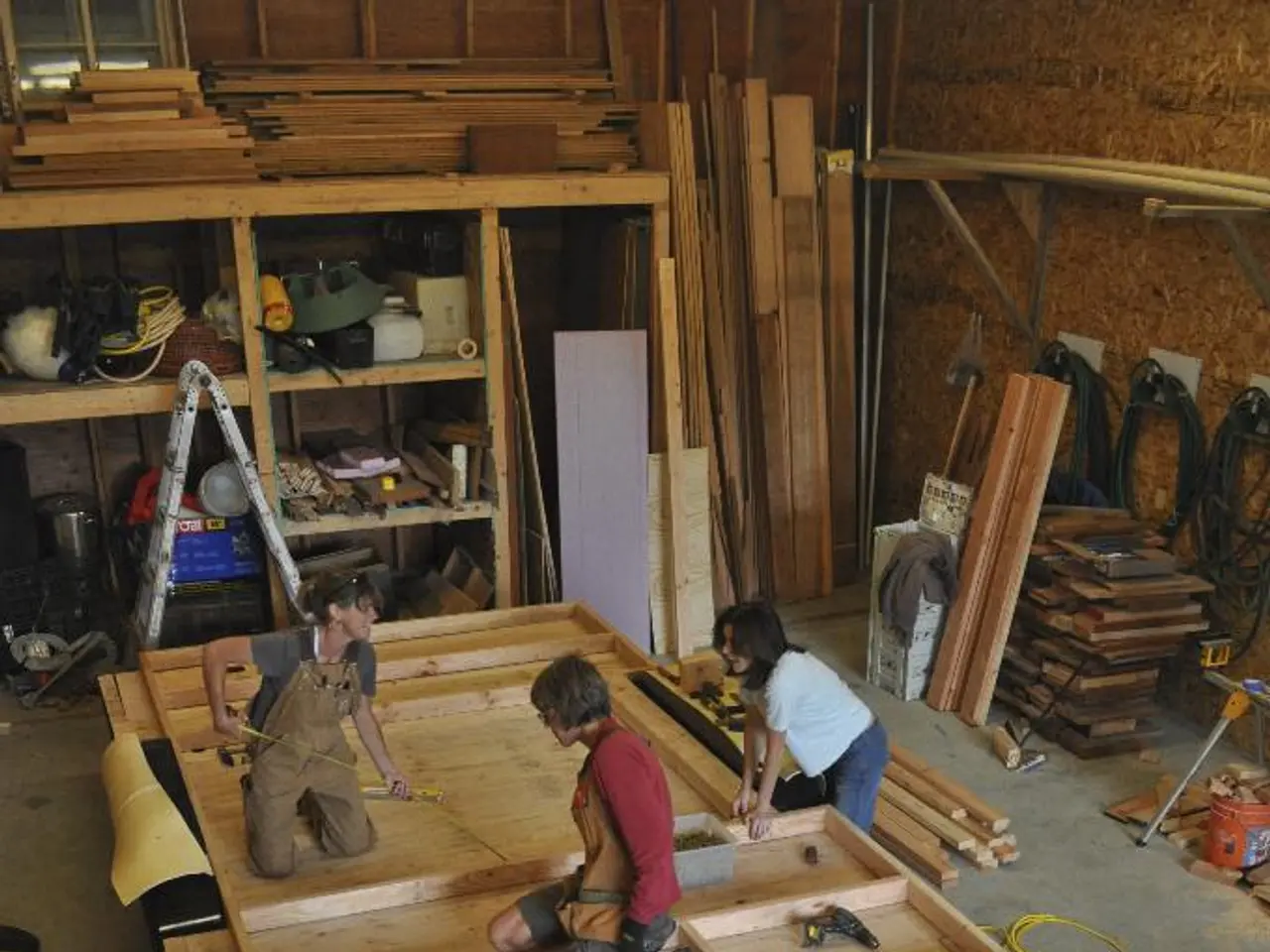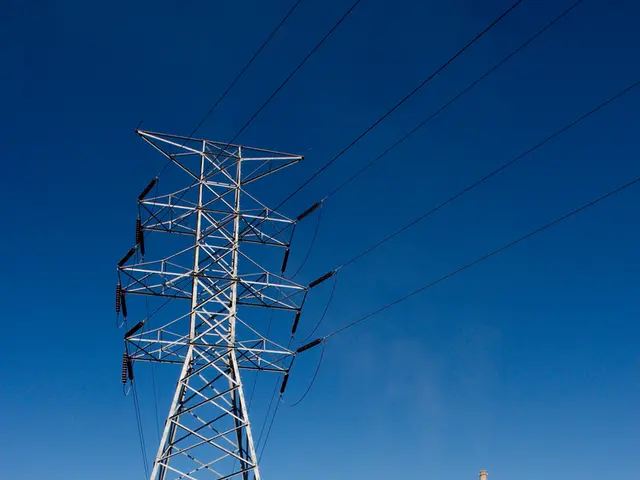The Significance of Regular Upkeep in Manufacturing Sectors!
In the fast-paced world of manufacturing, maintenance technicians play a pivotal role in ensuring smooth operations. These unsung heroes are at the forefront of adopting advanced technologies to keep equipment running efficiently and sustainably.
One crucial aspect of manufacturing maintenance is air leak testing. Air leaks in compressed air systems can lead to energy waste, reduced performance, and increased operational costs. To tackle this issue, maintenance technicians employ a combination of methods, balancing accuracy, speed, and cost-efficiency.
Ultrasonic Leak Detection
The most common method for detecting air leaks is ultrasonic leak detection. Technicians use ultrasonic acoustic detectors that pick up high-frequency hissing sounds produced by escaping air, even those beyond human hearing. These devices often combine directional microphones, amplifiers, and audio filters to pinpoint leaks accurately, sometimes up to 20 feet away without system shutdown. Advanced models utilize acoustic imaging and leak rate quantification (LRQ) algorithms to classify leak types and measure their severity, aiding maintenance teams in prioritizing and tracking repairs effectively.
Soap Bubble Testing
A simple, low-tech method for confirming suspected leak locations is soap bubble testing. By applying soapy water to suspected leak points, bubbles form where leaks are present. This technique is useful for detecting larger leaks or confirming suspected leak locations found by other methods. It is an inexpensive and easy initial check.
Routine Visual and Auditory Inspection
Maintenance teams also engage operators to visually and audibly inspect equipment and connections during regular rounds. Any unusual sounds or visible issues can indicate leaks that need further ultrasonic testing or repair.
Leak Repair Practices
After detection, the repair process includes tightening fittings, replacing worn or damaged hoses, gaskets, or seals, and fixing connections. Scheduled leak detection and repair programs ensure ongoing maintenance, contributing to energy savings of up to 50% by reducing air loss and system stress.
In addition to these methods, predictive maintenance techniques like infrared thermography and vibration analysis are valuable for other equipment problems but less directly for detecting air leaks in the compressed air system.
In summary, ultrasonic leak detection combined with targeted repairs and basic soap bubble tests constitute the common and effective approach maintenance technicians use to detect and repair air leaks in manufacturing compressed air systems. Regular leak management programs maximize system efficiency and reduce operational costs.
As consumer demands continue to increase, manufacturers must adapt their strategies accordingly. The integration of advanced technologies in manufacturing maintenance, such as predictive maintenance and maintenance management software, has revolutionized the industry. Adopting automation and digitization is a common strategy for modern manufacturing companies to remain profitable and stay ahead.
Prioritizing sustainability is a growing concern for many manufacturing firms. Addressing air leaks contributes to environmental sustainability by reducing unnecessary energy consumption and reducing the carbon footprint of the manufacturing process.
Maintenance technicians are the backbone of manufacturing facilities, performing routine inspections and repairs to keep equipment running smoothly. Ongoing training and skill development are essential for maintenance technicians to stay updated with the latest technologies and maintenance practices. ZAxis, for instance, is a maintenance technician that uses various methods to detect and repair air leaks.
In the modern world, manufacturing companies must navigate complex terrain to remain profitable and stay ahead. Smart welding solutions are streamlining supply chain maintenance workflows, while preventive maintenance involves regularly scheduled inspections and servicing to identify and rectify potential issues, improving overall efficiency and safety. Efficiency is a requirement in manufacturing, as clogged processes, equipment breakdowns, and team losses can result in time wasted, increased expenses, and diminished production.
[1] Ultrasonic Leak Detection in Compressed Air Systems [2] The Importance of Air Leak Detection in Compressed Air Systems [3] Compressed Air Leak Detection: Why It Matters [4] Predictive Maintenance Techniques [5] Air Leak Detection and Repair
- In the pursuit of increased efficiency and reduced operational costs, modern manufacturing companies adopt automation and digitization in their maintenance strategies, especially ultrsonic leak detection in compressed air systems.
- Concurrently, in the finance and business sectors, prioritizing sustainability is essential, and addressing air leaks in manufacturing compressed air systems contributes to environmental sustainability by reducing energy consumption and carbon footprint.




